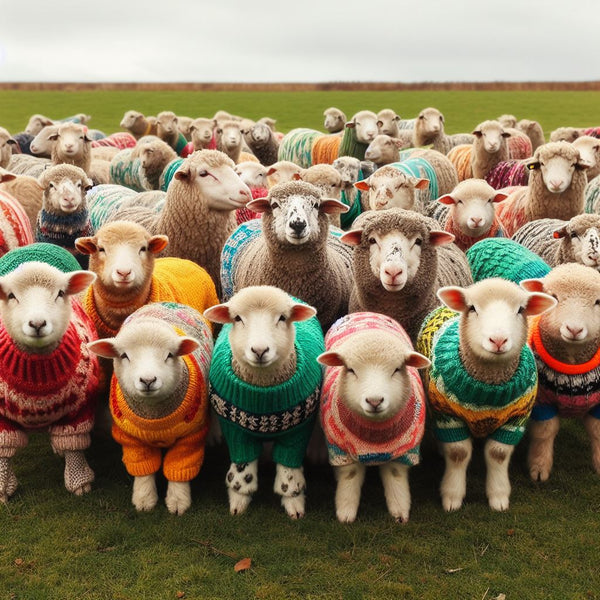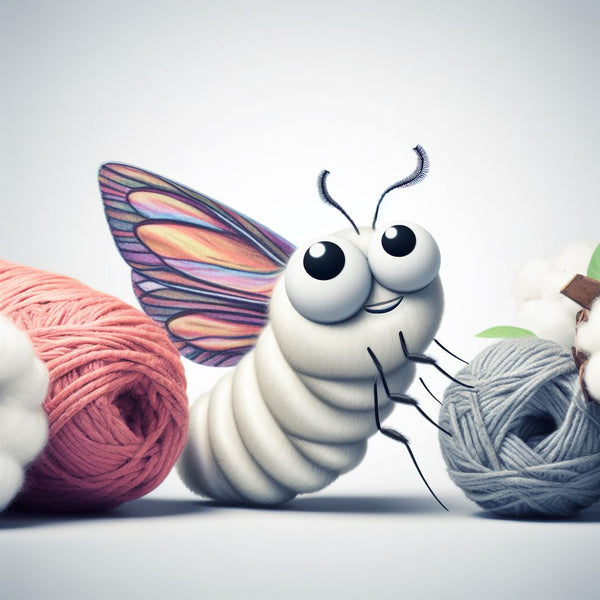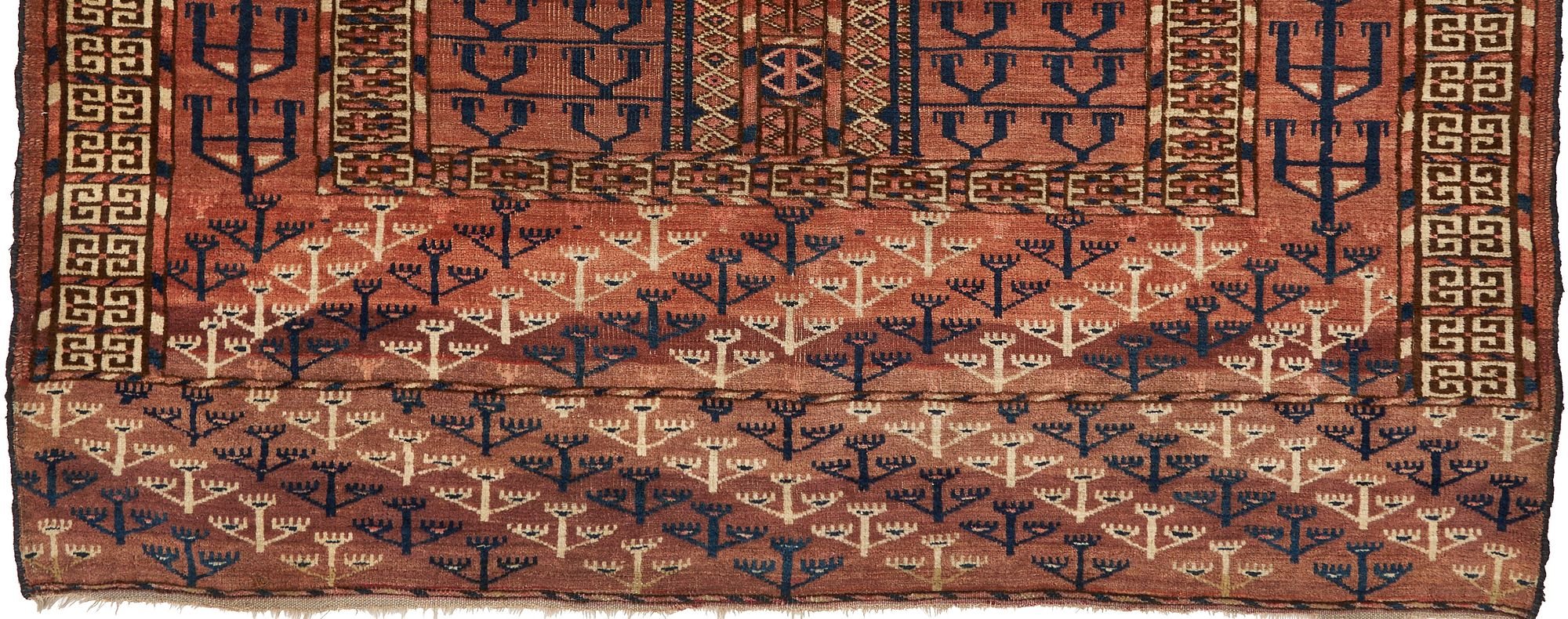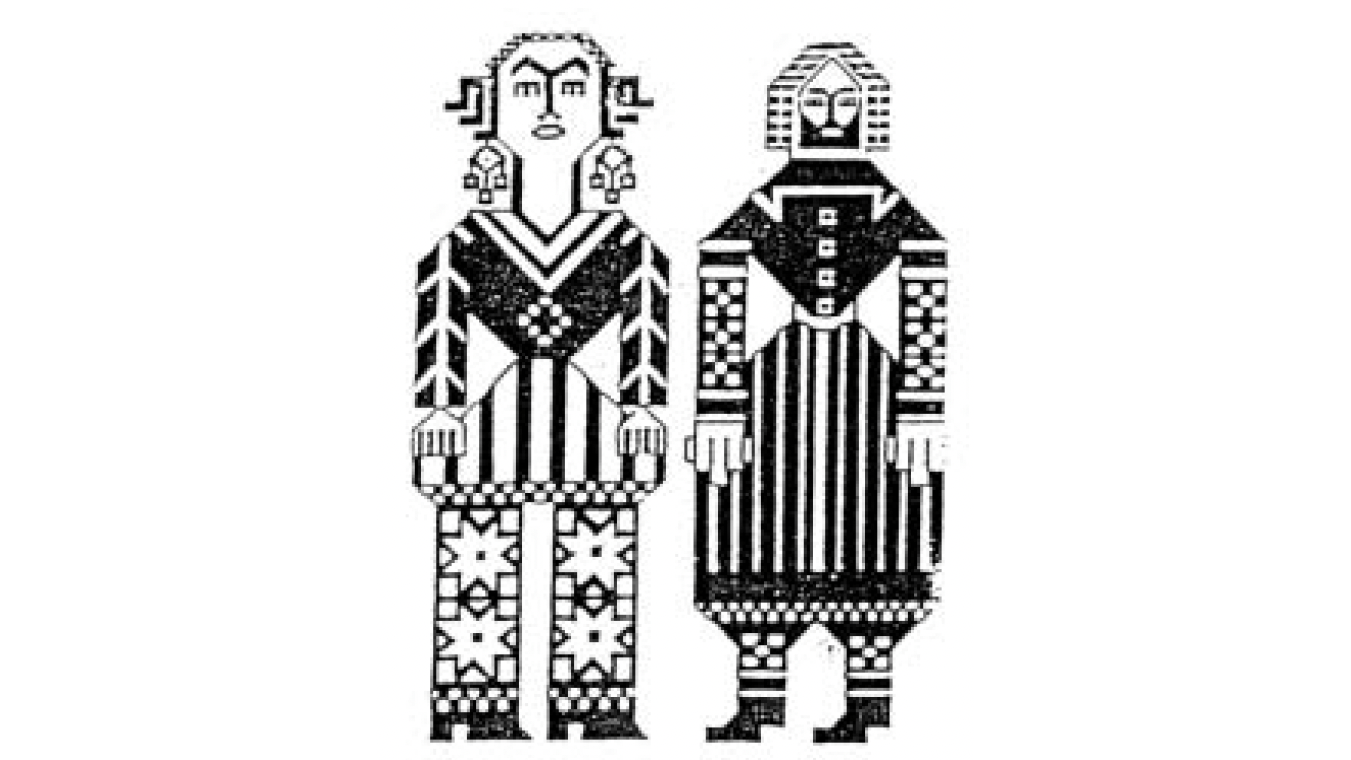Are you looking for a new rug for your home? If so, you might be overwhelmed by the variety of options available on the market. How do you know which one is the best for your space, style, and budget? In this blog post, we will help you answer this question by comparing and contrasting the pros and cons of nine common types of carpet materials: wool, cotton, silk, jute & sisal, bamboo slat & seagrass, hemp, polypropylene, polyester, and nylon. We will also give you some tips on how to mix and match different rug types and structures to create interesting and unique effects.

Why Rug Materials Matter
Rug materials are not just about aesthetics. They also affect the comfort, durability, maintenance, and cost of your rug. Different types of rug materials have different characteristics that make them suitable for different purposes and preferences. For example, some rug materials are more soft and cozy, while others are more firm and textured. Some rug materials are more durable and stain-resistant, while others are more delicate and prone to wear and tear. Some rug materials are more easy to clean and care for, while others require professional cleaning and special attention.
Therefore, choosing the right rug material for your home depends on several factors, such as:
- The size and shape of your room
- The amount of traffic and activity in your room
- The style and mood of your decor
- The level of comfort and warmth you desire
- The amount of time and money you are willing to spend on your rug
To help you make an informed decision, we will explain the advantages and disadvantages of each rug material in detail below.
Natural vs Synthetic Rug Materials
Rug materials can be broadly classified into two categories: natural and synthetic. Natural rug materials are derived from animal or plant sources, such as wool, cotton, silk, jute, sisal, bamboo slat, seagrass, and hemp. Synthetic rug materials are man-made from chemicals, such as polypropylene, polyester, and nylon.
Natural rug materials tend to have a more organic and earthy look that can add warmth and personality to your home. They also tend to be more eco-friendly and biodegradable than synthetic rug materials. However, natural rug materials can also be more expensive and less durable than synthetic rug materials. They may also require more care and maintenance to keep them clean and fresh.
On the other hand, synthetic rug materials tend to have a more vibrant look that can add color and flair to your home. They also tend to be more affordable and easy to clean than natural rug materials. However, synthetic rug materials can also be more flammable and less breathable than natural rug materials. They may also emit harmful chemicals or gases that can affect your health and environment.
Pros and Cons of Different Rug Materials
Now that you know the general differences between natural and synthetic rug materials, let's take a closer look at the pros and cons of each specific rug material.
Natural Fibers
Natural fibers are derived from animal or plant sources and have a variety of benefits and drawbacks. Here are some of the most popular natural rug materials and their pros and cons:

Wool:
Wool is one of the most popular and versatile rug materials. It is a natural fiber that comes from sheep or other animals. Wool rugs are soft, cozy, and durable. They are also resistant to stains, dust, and fire. They also have natural insulating properties that can keep your home warm in winter and cool in summer. Wool rugs are suitable for high-traffic areas like living rooms, dining rooms, and bedrooms. However, wool rugs can also be expensive and may shed over time. They also require regular vacuuming and professional cleaning to maintain their quality and appearance.

Cotton:
Cotton is another natural fiber that is affordable and easy to clean. You can layer cotton rugs under other rugs or use them to add a casual touch to a room. They are often flat-woven, which makes them ideal for these purposes. However, cotton rugs have some drawbacks as well. They can fade quickly and may not be as durable as wool rugs. They also tend to absorb moisture and dirt easily, which can make them prone to mold and mildew.

Silk:
Silk is a natural fiber that is luxurious, soft, and shiny. It can add a touch of elegance and sophistication to a room with its intricate designs and patterns. These qualities are often featured in hand-knotted silk rugs. However, they also have some drawbacks. Silk rugs are very expensive and require professional cleaning. They are prone to wear and tear, so they are best for low-traffic areas like bedrooms or offices. They need to be protected from sunlight and moisture to prevent fading and damage.

Jute & Sisal:
Jute and sisal are natural fibers that are derived from plants. They have a coarse texture and an earthy look that can add warmth and personality to a room. Jute and sisal rugs are durable and affordable, but they can absorb stains easily and may not be very comfortable underfoot. They also tend to shed fibers over time. Jute rugs are softer than sisal rugs but less resistant to moisture. Sisal rugs are stronger than jute rugs but more prone to fading.

Bamboo Slat & Seagrass:
Bamboo slat and seagrass are natural fibers that are eco-friendly and water-resistant. They have a firm texture and a natural color that can create a minimalist and organic vibe in a room. Bamboo slat and seagrass rugs are easy to clean and maintain, but they may not dye well or offer much cushioning. They also tend to be slippery on smooth surfaces. Bamboo slat rugs are made from thin strips of bamboo that are woven together. Seagrass rugs are made from dried grasses that are spun into yarns.

Hemp:
Hemp is a natural fiber that is resistant to dirt, water, and allergens. It can prevent bacteria and fungi growth with its natural antimicrobial property. Hemp rugs are durable and low-maintenance, making them good for high-traffic areas and homes with pets. However, they are not very soft or colorful, but they are inexpensive and environmentally friendly.

Synthetic Fibers
Synthetic fibers are man-made from chemicals and have different advantages and disadvantages. Here are some of the most common synthetic rug materials and their pros and cons:
Polypropylene:
This is a synthetic fiber that is vibrant, soft, and affordable. Rugs made from polypropylene are stain-resistant, easy to clean, and can withstand indoor and outdoor weathering. They also have a high resistance to fading, moisture, and mildew. However, they have some drawbacks as well. They are highly flammable, so they should be kept away from heat sources like ovens or fireplaces. They also tend to attract static electricity and may not be very durable.
Polyester:
Polyester is another synthetic fiber that is similar to polypropylene except it is slightly less durable and often cannot be machine washed. Rugs made from polyester are soft, colorful, and inexpensive, but they may also fade or shed over time. They also tend to retain oil-based stains and may not be very eco-friendly.
Nylon:
Nylon is a versatile and affordable synthetic fiber that is durable, easy to clean, and resistant to fading and abrasion. Rugs made from nylon can also be machine washed or steam cleaned without losing their shape or color. However, they also have some drawbacks. They can be prone to pilling and may not be very soft or comfortable.

Mixed Material
One of the reasons why people mix different materials in rugs is to create a balance between the benefits and drawbacks of each material. For example, some materials are more durable and stain-resistant, while others are more soft and cozy. By mixing them, people can achieve a rug that is both comfortable and long-lasting. Another reason why people mix different materials in rugs is to create a unique and interesting look that matches their style and personality. For example, some materials have different textures and colors that can add contrast and dimension to a rug. By mixing them, people can create a rug that is both attractive and functional.
Some of the most common mixes of rug materials are:
Wool and jute:
Wool is soft, cozy, and durable, while jute is coarse, textured, and organic. A wool rug with a jute border can create a contrast between the center and the edge of the rug, adding dimension and interest. A jute rug layered under a wool rug can also create a warm and inviting look, as well as provide extra cushioning and protection for the floor.
Silk and cotton:
Silk is luxurious, shiny, and smooth, while cotton is affordable, casual, and flat-woven. A silk rug with a cotton backing can provide stability and durability for the delicate silk fibers, as well as prevent slipping and sliding on the floor. A cotton rug with a silk border or pattern can also add a touch of elegance and sophistication to a simple rug.
Polypropylene and nylon:
Polypropylene is vibrant, soft, and affordable, while nylon is abrasion-resistant, fade-resistant, and machine-washable. A polypropylene rug with a nylon backing can offer both protection and comfort for the rug, as well as make it easier to clean and maintain. A nylon rug with a polypropylene pattern or design can also add some color and personality to a plain rug.
Wool and silk:
Wool and silk are both natural fibers that have different properties and appearances. They can be mixed in rugs to create a blend of comfort, luxury, and durability. A rug made from wool and silk can have a soft and cozy feel, as well as a shiny and smooth look. It can also be resistant to stains, dust, and fire, as well as feature intricate designs and patterns. However, it also has some drawbacks. It can be very expensive and require professional cleaning. It can also be prone to shedding, wear and tear, fading, and damage from sunlight and moisture. A wool and silk rug is best for low-traffic areas like bedrooms or offices, where it can add a touch of elegance and sophistication to the decor.
People Also Ask:
What are the best rug materials for pets?
If you have pets, you might want to look for rug materials that are durable, stain-resistant, and easy to clean. Some of the best rug materials for pets are wool and nylon. we explained it in detail in the article below:
Best and Worst Rugs for Dogs: Choose the Right Rug for Your Furry Friend!
How to clean a rug?
The best way to clean a rug depends on the material, size, and type of stain. However, some general tips are:
- Vacuum your rug regularly to remove dust and dirt.
- Spot clean any spills or stains as soon as possible with a clean cloth and mild detergent. Blot the stain gently and avoid rubbing or scrubbing.
- For larger or deeper stains, you may need to use a steam cleaner or a professional cleaning service. Follow the manufacturer's instructions and test a small area first to avoid damaging the rug.
- Dry your rug thoroughly after cleaning to prevent mold and mildew. Avoid direct sunlight or heat sources that can fade or shrink the rug.
To learn more about how to take care of wool rugs please read these articles:
How to Take Care of Your Hand-Woven Rugs
How to Remove Stains from Your Rugs: A Complete Guide
Choosing the right rug material for your home with pets depends on your personal preference, budget, lifestyle, and decor style. There is no one-size-fits-all solution when it comes to rugs, but by knowing the pros and cons of different types of carpet materials and how to clean and maintain them, you can find the perfect rug for your space and your furry friends. We hope this blog post has helped you learn more about the best rug materials for pets and their characteristics. If you have any questions or comments about this topic or anything else related to home improvement, please feel free to contact us or leave a comment below. We would love to hear from you!









































Leave a comment